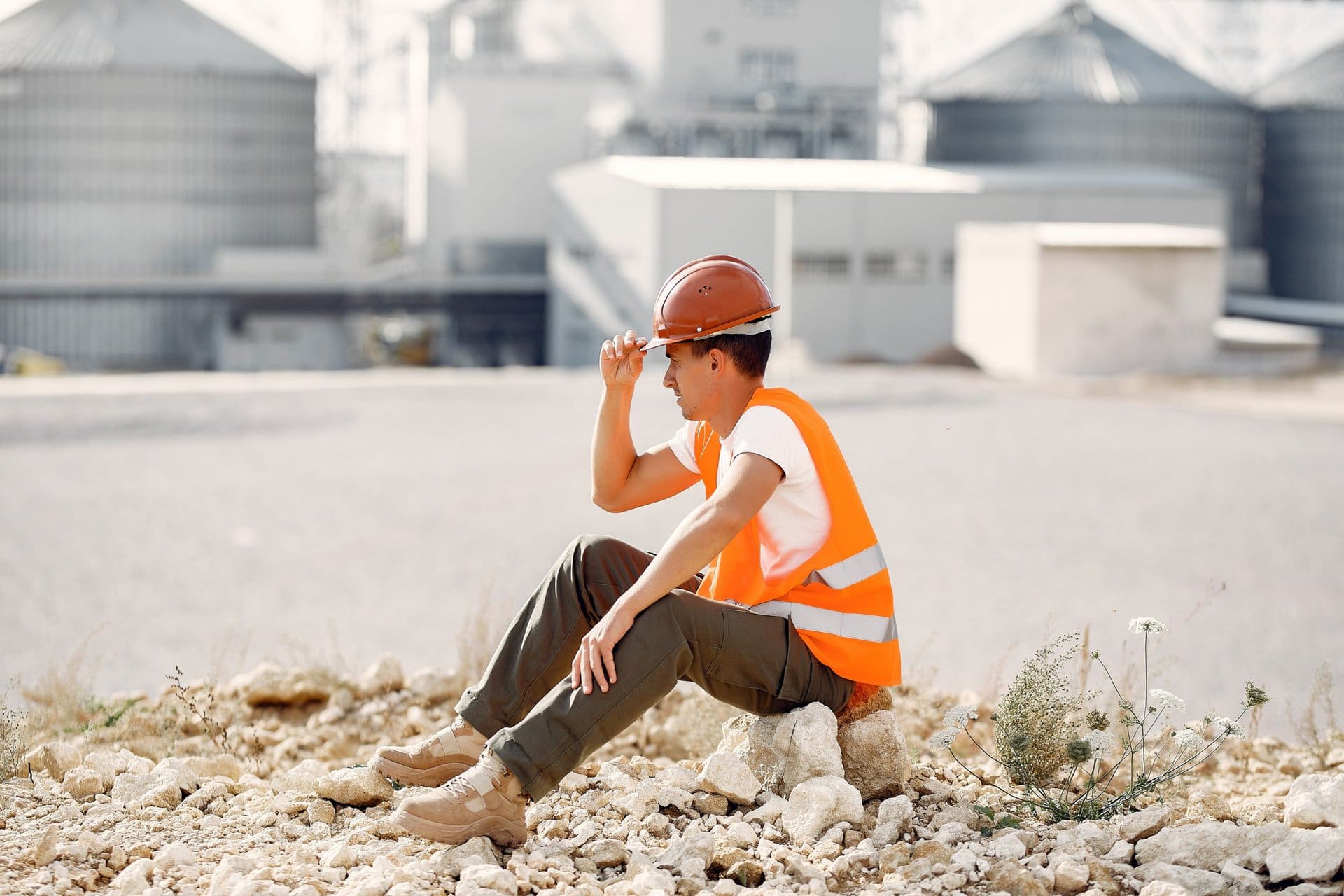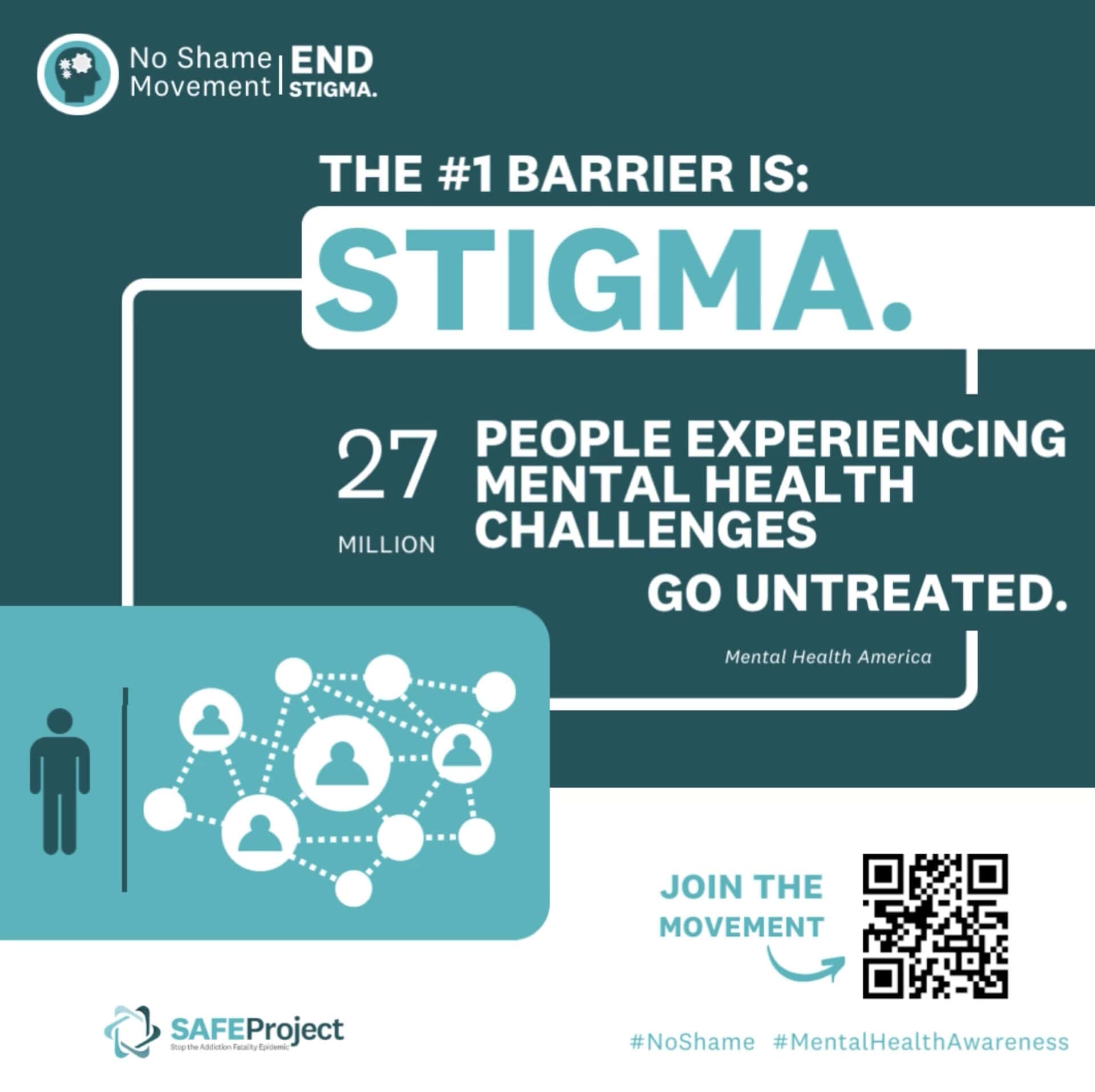By Cal Beyer

The Centers for Disease Control and Prevention (CDC) reports the number of overdose deaths in the United States has more than doubled in the past five years. Over 105,000 Americans died from all overdoses in calendar year 2022. Approximately 70% of all overdose deaths in the U.S. are attributed to opioids, and approximately 70% of all opioid deaths are due to synthetics, especially fentanyl.
The American Medical Association (AMA) reports reductions in opioid prescriptions decreasing for 13 consecutive years. However, the AMA concluded, “reductions in opioid prescribing have not led to reductions in drug-related mortality.”
A recent CDC report confirmed the construction and extraction industries have been hit hard by the opioid crisis. The report, released on August 22, 2023, is titled Drug Overdose Mortality by Usual Occupation and Industry: 46 U.S. States and New York City, 2020. It found that the construction and extraction industries had the highest rate of overdose deaths in 2020, the first year of the pandemic.
This is the first time there has been national data highlighting the impact of opioids on industry groups and occupations. The rate per 100,000 workers was reported as 162.6 per 100,000 workers. Isolating the construction industry from the extraction industry, the rate falls to a lower level of 130.9 per 100,000 workers. Yet, this number is almost three times higher than the rate of suicide for the construction industry, reported as 45.3 per 100,000 workers.
Based on the annual Census of Fatal Occupational Injuries from the Bureau of Labor Statistics, 2021 was the 9th consecutive annual increase in workplace and/or job-site fatalities from unintentional overdose from nonmedical use of drugs and alcohol. This now accounts for 8.1% of all occupational fatalities. This data has not been available by industry; however, with the recent CDC report, it appears reasonable to project that construction accounts for a large – if not disproportionate share – of these fatalities.
This is one explanation for the growing prevalence of contractors stocking naloxone (Narcan) on job-sites to reverse the effects of overdoses. [Note: Data for 2022 is expected to be released in mid-December 2023].

How Opioids May Be Impacting Your Organization
Beyond musculoskeletal injuries, other measurable ways opioids can impact the workplace and the workforce include, but are not limited to:
- Harder to hire workers because candidates do not take or fail to pass required drug screenings.
- Lower productivity and idle equipment resulting from tardiness, absenteeism, and “presenteeism.”
- Safety incidents leading to insurance claims involving workers’ compensation and third-party liability injuries and/or property damage.
- Quality defects requiring rework, leading to sequence and schedule delays, as well as frustration among project stakeholders.
- Delayed healing after on- and off-the-job injuries.
- Delayed healing after surgeries.
- Persistent opioid use after injury or surgery by an employee or family member.
- Loss of an employee or family member to an overdose

Steps Construction Leaders Can Take To Decrease Risk of Overdose of Workers
There is a need for urgent and focused action to address the impact of opioids and other substances leading to overdoses. The data confirms the harsh reality of overdoses from opioids and other substances, which has been suspected for many years.
Here are some steps that can be taken on your job-sites:
- The fear of talking about substance misuse and substance use disorders remains the biggest barrier in addressing the opioid crisis in the workplace and job-sites. SAFE Project uses the No Shame Pledge as a means of breaking the stigma associated with substance misuse. To take the online SAFE Project No Shame Pledge, click here. To download the SAFE Project No Shame Toolkit, click here. There are four premises to the No Shame Pledge:
- I understand that addiction is a disease, and I pledge to eliminate the stigma for individuals experiencing it.
- I commit to learning more about the disease of addiction, the mental health challenges that contribute to it, and to changing the conversation surrounding it.
- I will encourage individuals to seek the help and treatment needed to address addiction and mental health challenges by providing a shame-free environment.
- For individuals in recovery, I pledge to support them through their lifelong journey to a self-directed, safe, productive, and successful life.
- All employers in construction are advised to institute first-dose prevention strategies to proactively minimize opioids to the extent possible in the treatment of workers’ compensation injuries and group health benefit programs, especially in surgical procedures. See the featured article in The VOICE from issue #1 of 2023 titled “The Same Ol is Not Enough: Your Organization’s Benefit Program Can Play a Major Role in Preventing New Opioid Use.”
- An area of immediate impact is reducing the frequency and severity of soft tissue injuries. The construction and extraction industries have high rates of musculoskeletal (MSK) injuries, which contribute to prescriptions and surgeries. In addition to opioid prescriptions, MSK injuries are associated with a vicious cycle of acute and chronic pain, all of which contribute to sleep deprivation that leads to fatigue, which contributes to tardiness, absenteeism, and “presenteeism.” This can contribute to injuries and incidents, starting the cycle over again.
- Provide basic education on opioids in toolbox talks or in conjunction with daily safety huddles on the risks of opioids and harm reduction and prevention methods. The Center for Construction Research and Training (CPWR) has compiled various resources that can help with developing supervisory and employee education.
- Consider the benefits of stocking naloxone (Narcan) in your workplace and projects/job-sites. The US Food and Drug Administration (DFA) approved two naloxone products in 2023 for over-the-counter use: Narcan on March 29 and RiVive on August 3.
It is important to understand the Good Samaritan and naloxone access laws that exist in the state in which you are considering stocking naloxone. The Legislative Policy Analysis and Public Policy Association (LAPPA) and SAFE Project have compiled updates for both these topics:
- Consider distributing at-home drug deactivation and safe disposal products in conjunction with training/education on opioid risk reduction. This method reduces the risk of overdoses by family members and guests in our homes by preventing the access and diversion of leftover pills and other forms of prescription medication. It has been reported that approximately 70% of homes have leftover prescription medications and that 90% of families do not properly dispose of leftover prescription medications. Data from the Journal of the American Medical Association (JAMA) from July 2022 highlighted the risk of overdose increases by 60% with a first prescription. This risk increases by 625% with the second and additional refill of the additional prescription.
There is much that can be done on job-sites to reduce the number of overdoses happening today. Please take the time to explore the resources linked in this article, including the No Shame Pledge and the No Shame Toolkit. I am happy to speak to your construction leaders, managers, and teams on this and other topics related to mental health.
Cal Beyer, CWP, is a long-time national advocate for workplace mental health, substance misuse, suicide prevention, and opioid risk reduction and overdose prevention. This grew out of his work on human capital risk management and worker well-being. He is a strategic partner with SAFE Project (Stop the Addiction Fatality Epidemic). He serves on the Executive Committee of the National Action Alliance for Suicide Prevention and advisory boards for the Suicide Prevention Resource Center, Goldfinch Health, MindWise Innovations, and Youturn Health. You can reach Beyer at cal.beyer@gmail.com or 651-307-7883.
